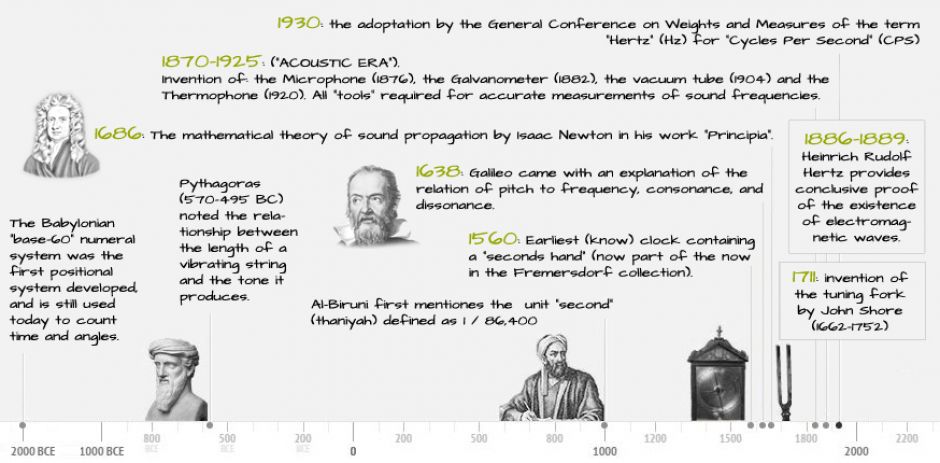AUDIO FREQUENCY (SHORT “HISTORICAL” TIME-LINE)
HERTZ
Hertz (symbol Hz) is the unit of frequency in the International System of Units (SI) and is defined as one cycle per second (this is why the Babylonian base-60 numeral system and Al-Biruni are mentioned on the time-line).
It is named for Heinrich Rudolf Hertz (1857-1894), the first person to provide conclusive proof of the existence of electromagnetic waves. In 1930 the “General Conference on Weights and Measures” adopted the term “Hertz” (Hz) for “Cycles Per Second” (CPS), officially replacing CPS in 1960. Sound waves and electromagnetic are not exactly the same, but for both (as well as for CPU clock rate and Sampling Frequency/Sampling Rate) we use the unit Hertz.
This article contains only information about sound (audio) frequency!
TIME-LINE
For centuries it was thought that sound was so ephemeral that any attempt to capture it — to hold a ruler against it — would be a fruitless exercise. In fact, until the 17th century natural philosophers thought it absolutely illogical to make any attempt to quantify it or even theorize about its measurement.
One of the first discoveries regarding sound was made in the sixth century B.C. by the Greek mathematician and philosopher Pythagoras. He noted the relationship between the length of a vibrating string and the tone it produces.
The possibility that sound exhibits analogous behavior was emphasized by historical figures such as the Greek philosopher Chrysippus (c. 240 B.C.), by the Roman architect and engineer Vetruvius (c. 25 B.C.), and by the Roman philosopher Boethius (A.D. 480-524). The wave interpretation was also consistent with Aristotle’s (384-322 B.C.) statement to the effect that air motion is generated by a source, “thrusting forward in like manner the adjoining air, to that the sound travels unaltered in quality as far as the disturbance of the air manages to reach.” Also Leonardo da Vinci came around 1500 to the conclusion that sound “travels”.
It wasn’t up to 1638 when Galileo came with an explanation of the relation of pitch to frequency, consonance, and dissonance. The mathematical theory of sound propagation began with Isaac Newton (1642-1727), whose Principia (1686) included a mechanical interpretation of sound as being “pressure” pulses transmitted through neighboring fluid particles.
FREQUENCY ANALYSIS
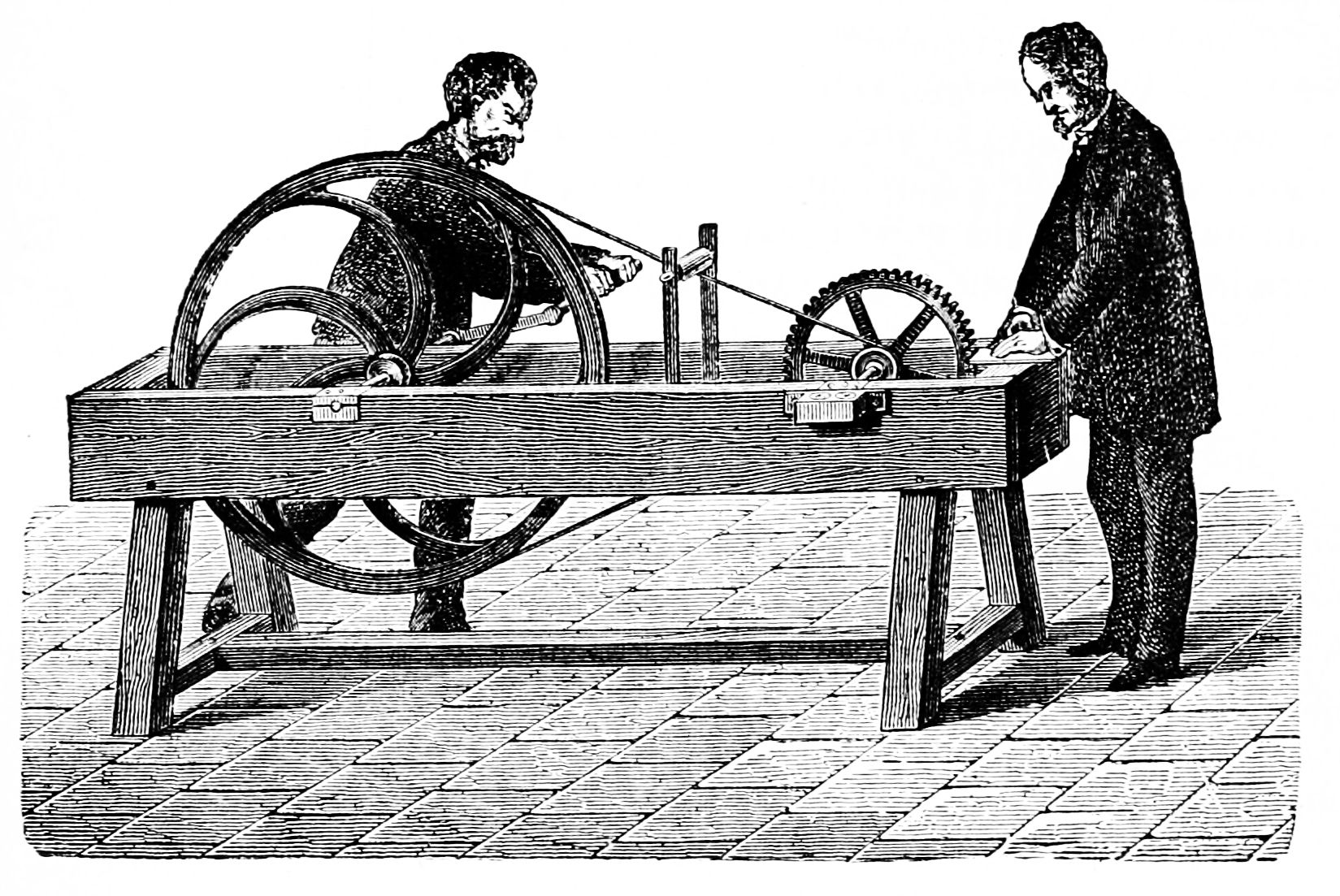 In March 1676 the great British scientist Robert Hooke (1635-1703) described in his diary a sound-producing machine. Hooke noted a regular pattern of teeth produced music-like sounds, while more irregular teeth produced something that sounded more like speech.
In March 1676 the great British scientist Robert Hooke (1635-1703) described in his diary a sound-producing machine. Hooke noted a regular pattern of teeth produced music-like sounds, while more irregular teeth produced something that sounded more like speech.
By 1834 the Frenchman Félix Savart (1791-1841) was building giant brass wheels 82cm across, with 720 teeth. Savart’s contribution was a mechanical tachometer connected to the axis of the toothed wheel. He calibrated a rotational scale with the tooth rate, and for the first time demonstrated that specific tones were associated with specific frequencies. He could determine the frequency of a tone heard in air by using his ear to match it with the toothed wheel and reading the frequency from the tachometer. He was using his ear and brain to do what a modern electrical engineer would call heterodyne analysis.
FREQUENCY REFERENCE TOOL
In 1711 John Shore (1662-1752) has been said to have invented* the tuning fork. A tuning fork is an acoustic resonator in the form of a two-pronged fork with the prongs (tines) formed from a U-shaped bar of “elastic” metal (usually steel). It resonates at a specific constant pitch when set vibrating by striking it against a surface or with an object, and emits a pure musical tone after waiting a moment to allow some high overtones to die out. The pitch that a particular tuning fork generates depends on the length and mass of the two prongs. It is frequently used as a standard of pitch to tune musical instruments. Due to this invention it was possible to “store” a particular pitch and “tune to it” at any place and time.
*According to the “432 Octaves” website it wasn’t John Shore who invented the tuning fork, but the Egyptians.
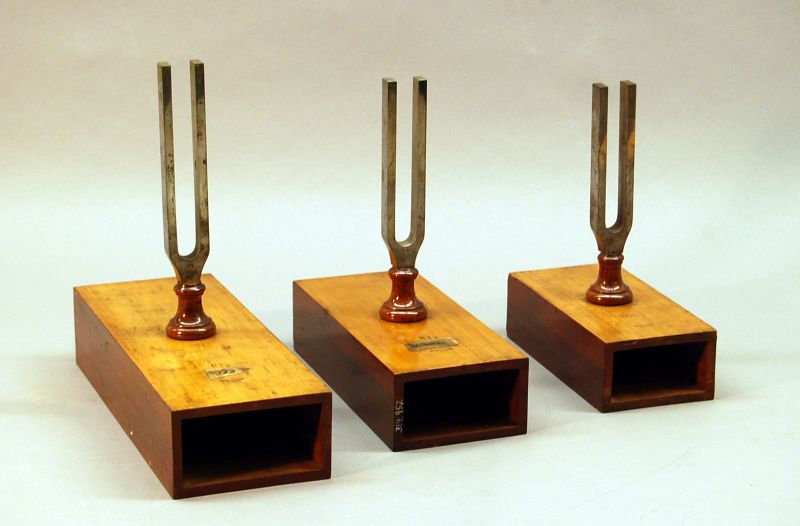
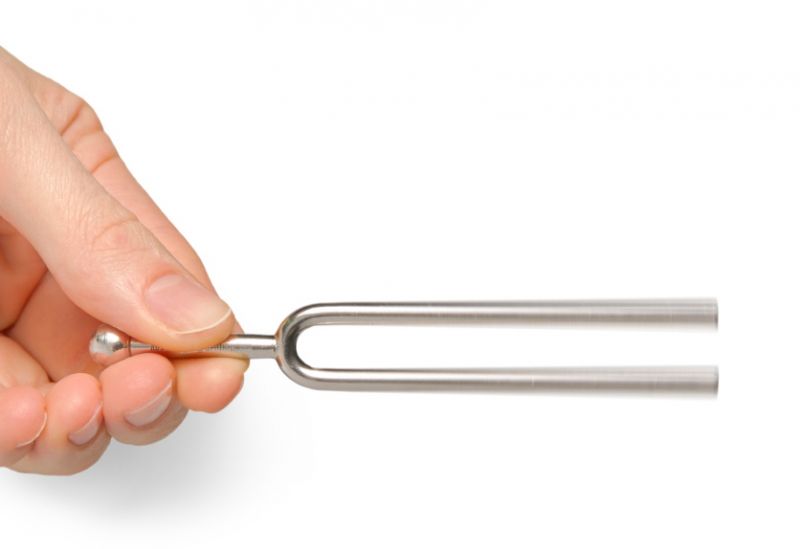
MEASUREMENT TOOLS
It wasn’t up to the “Acoustic Era” (approx. 1870-1925) when scientists could start measuring sound frequency more accurate, using a combination of tools, such as the Microphone (the carbon- button microphone invented by Thomas Edison and Emile Berliner simultaneously in 1876), the Galvanometer (to measure the tiny electrical currents inside the human body invented by Jacques-Arsène d’Arsonval in 1882), a vacuum tube (1904 by John Ambrose Fleming) to amplify the output of the measurement microphone and the Thermophone (1920 by Lee de Forest). These inventions made it possible – when combined – to measure sound frequencies accurately.
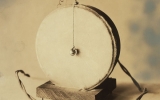
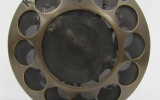
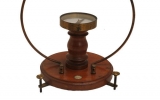

I came across a nice time-line image at an ask.audio article by Assaf Dar Sagol and “upgraded” the info provided on it:

REFERENCES:
- Wikipedia.org (various articles – see links in text)
- http://www.hps.cam.ac.uk/whipple/explore/acoustics/historicalnotes/

